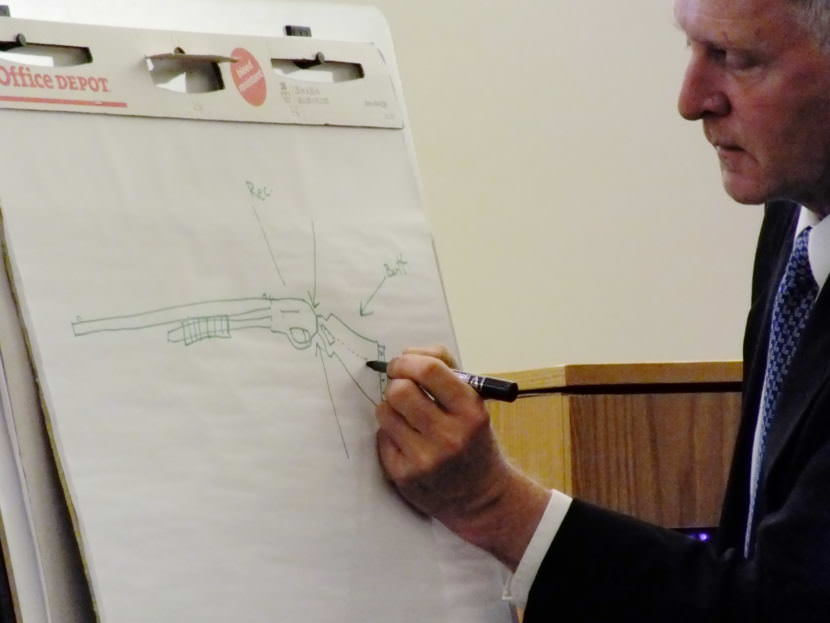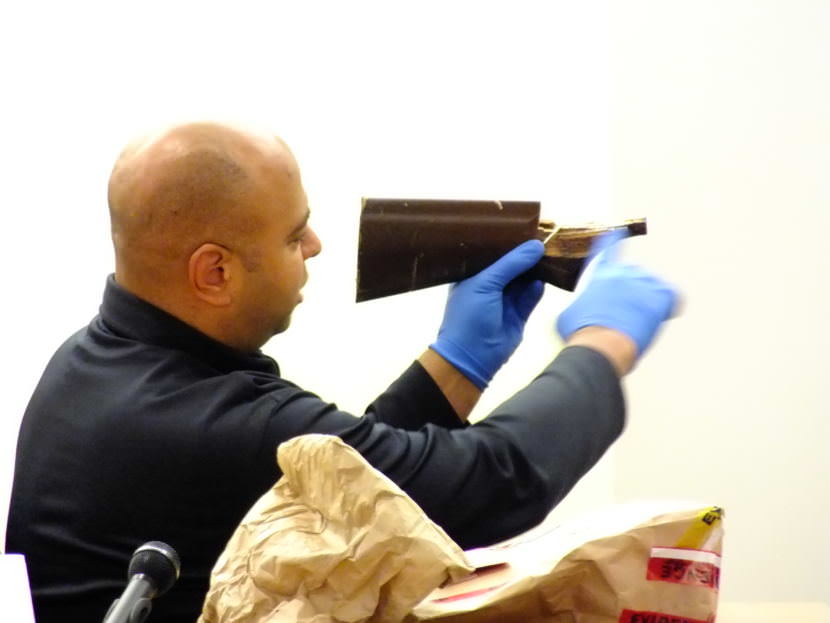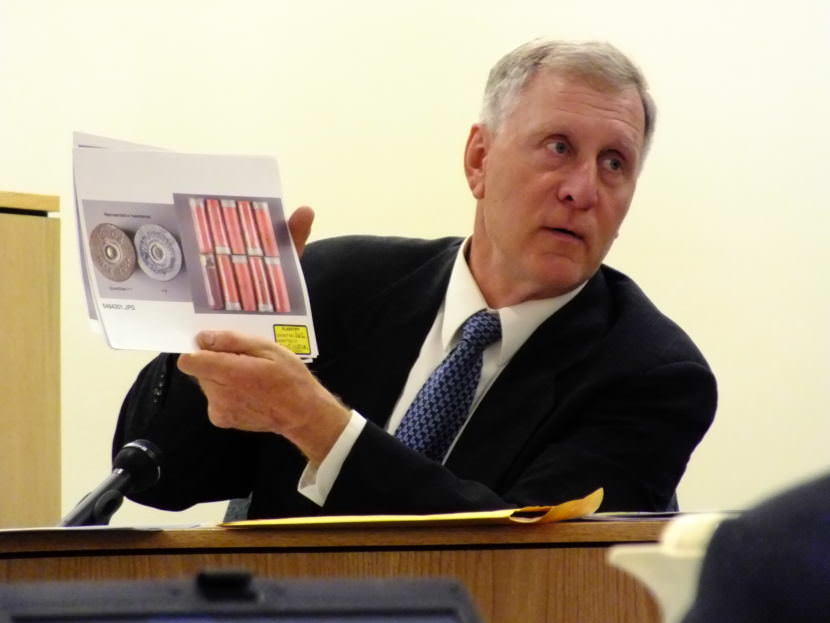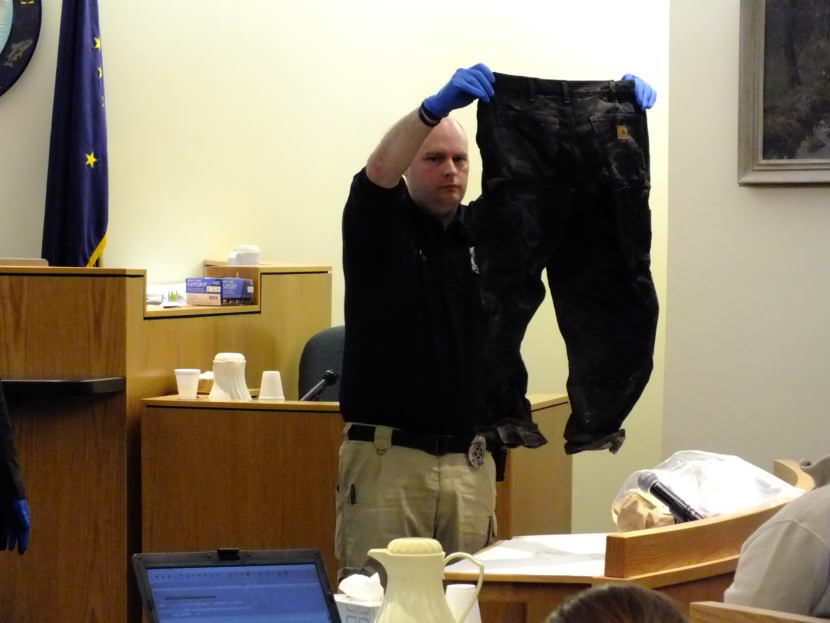
How can you prosecute someone for murder if the weapon was never found? One method is building a chain of circumstantial evidence so jurors can infer how the crime occurred.
That’s what’s happening in the Christopher Strawn homicide trial that wrapped its second week in Juneau Superior Court last week. Tiffany Johnson testified that she witnessed Strawn use a firearm, possibly a shotgun, to kill Brandon Cook in October 2015.
No weapon was found at the scene at trailer C-16 Kodzoff Acres Trailer Park, or at Strawn’s residence at number 35 Glacier View Trailer Park, or in the greenbelt between the two trailer parks.
“It’s often the case that circumstantial evidence comes in small pieces which taken together as a whole may – but don’t have to – but may lead a jury to reach a particular conclusion,” said Superior Court Judge Philip Pallenberg.
Last week, the prosecution laid the foundation for those small pieces of evidence gathered by investigators. From Strawn’s residence, they found a spent 12-gauge shotgun cartridge and two pieces of a long gun’s wooden butt stock. They also seized about 10 unspent 12-gauge shotgun cartridges made by various manufacturers. From Cook’s autopsy, medical examiners recovered bird shot pellets and a piece of wadding.
Robert Shem testified he was the state’s first firearms and toolmark forensics examiner at the state crime lab. He’s now retired with 37 years total experience.
He explained to jurors the pellets and wadding recovered during the autopsy was consistent with the particular caliber and brand of the spent cartridge and some of the unspent cartridges found in Strawn’s trailer.
“At least one of the shells that was seized from the defendant has comparable components to what was found in the body,” Shem said.
In addition, Shem said the crime lab has a collection of nearly 2,000 firearms. The two pieces of butt stock were compared with other long guns and they appeared consistent with a particular 12-gauge shotgun, a Savage Stevens model 67.
“And obviously, many of these firearms vary quite substantially,” Shem said. “Obviously, you wouldn’t find a shotgun stock on a handgun. So, you can eliminate handguns right away. And then, going through the different types of stocks, you wouldn’t be looking at a one-piece stock on a rifle.”
Shem acknowledged that the lab’s firearm collection was not comprehensive, and he wasn’t absolutely sure if shotguns of different calibers or from other manufacturers were produced with similar butt stocks.
The jury appeared fascinated with Shem’s explanation of how he analyzed and compared evidence in the lab, and how a pump action shotgun works, such as how the slide pulls a cartridge from the magazine into the firing chamber and the spent cartridge is then ejected with the next pull of the slide. The single spent shotgun cartridge was found in an upper crawl space in Strawn’s trailer.
The prosecution is expected to finish presenting their evidence sometime this week.



